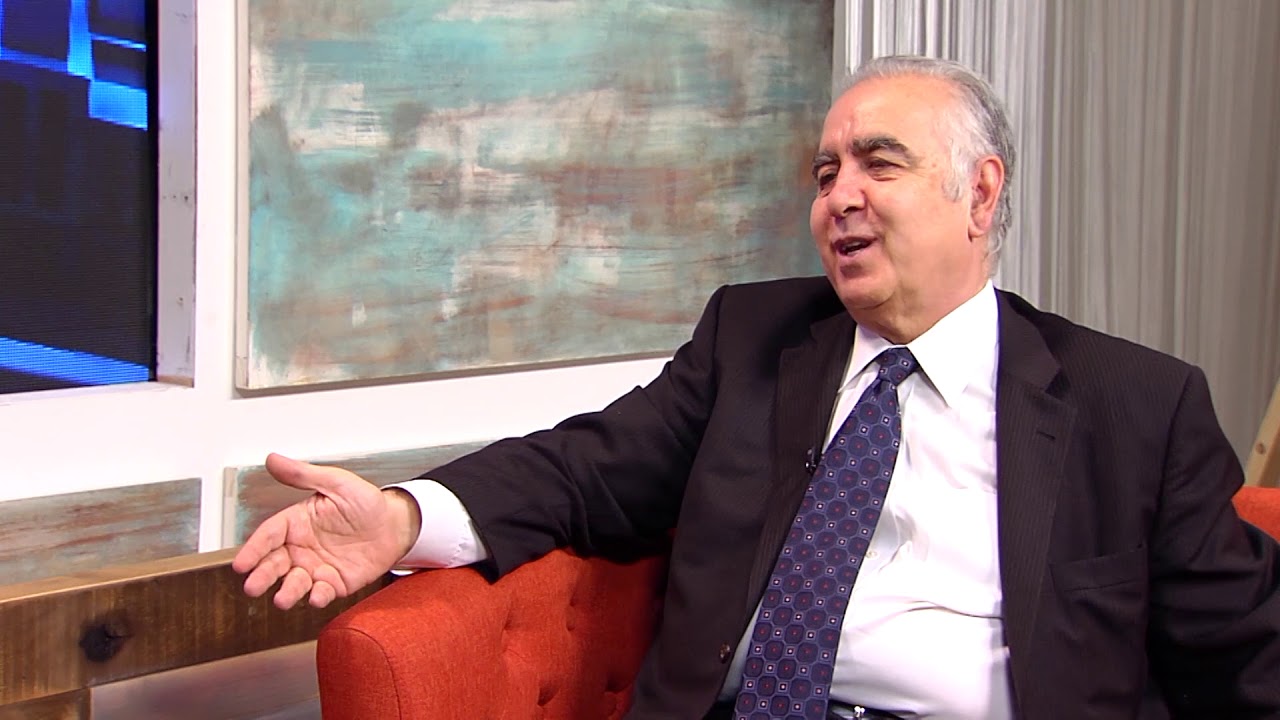
On December 12, 2017, the European Court of Human Rights (ECHR) issued two rulings covering similar lawsuits: one against Armenia and the other against Azerbaijan. Not surprisingly, the Azeri press deceptively reported only the ruling against Armenia, hiding from its readers the fact that a similar judgement was issued against Azerbaijan.
Minas Sargsyan, a refugee from the village of Gulistan in the Shahumyan region of formerly Soviet Azerbaijan, just North of Nagorno-Karabagh (Artsakh), filed a lawsuit against Azerbaijan in the European Court of Human Rights on August 11, 2006. During the Artsakh conflict in 1992, Mr. Sargsyan and his family were forced to flee their home and orchard. Mr. Sargsyan passed away in 2009 in Yerevan. His widow, his son and two daughters continued the lawsuit. When their mother died in 2014, the son and one of the daughters pursued the proceedings. The Sargsyan family demanded compensation for their property losses.
The ECHR referred the case to its Grand Chamber on March 11, 2010. Rejecting various objections from the government of Azerbaijan, the Grand Chamber ruled on June 16, 2015, that the Sargsyan family was entitled to compensation for their property losses. However, no amount was decided until Dec. 12, 2017, when the Grand Chamber ruled that the Sargsyans should be paid by Azerbaijan 5,000 euros to compensate for their property in Gulistan and 30,000 euros for legal costs and expenses.
The Court emphasized that the two conflicting Republics, Armenia and Azerbaijan, were asked by the Court’s Grand Chamber in its 2015 ruling to submit their observations and notify the Court if they had reached any mutual agreement on the Artsakh conflict. Not having reached a political settlement, the two Republics were considered responsible for the property losses of refugees on both sides. The Court stated that Armenia and Azerbaijan prior to their accession to the Council of Europe in 2002, had committed themselves to the peaceful settlement of the Nagorno-Karabagh conflict. Because they had failed to come to a resolution of the conflict, the Court was obliged to assess a monetary compensation for the property losses of the refugees.
The Grand Chamber of the ECHR was composed of 17 judges from various European countries, including judges from Armenia (Armen Harutyunyan), and Azerbaijan (Latif Huseynov). Interestingly, the Azeri judge added a note at the end of the ruling, stating that while he disagreed with the ruling made before he joined the Grand Chamber, he had no choice but to support its decision of allocating compensation. It is clear that the Azeri judge was trying to protect himself from accusations by Azerbaijan that he had ruled in favor of paying compensation to an Armenian family.
In a parallel case, six Kurds who are Azeri citizens filed a joint complaint to the ECHR on April 6, 2005, under the heading: Chiragov and Others vs. Armenia. They complained that because the Armenian forces had taken over the Lachin corridor, they were forced to flee their homes which used to be a part of Soviet Azerbaijan during the Artsakh conflict in 1992.
Similar to the Sargisov vs. Azerbaijan case, ECHR’s Grand Chamber ruled on June 16, 2015, that Armenia was responsible for the losses of the properties of the six Azeri citizens. They had asked for millions of Euros in compensation. On Dec. 12, 2017, the Grand Chamber ruled that the Armenian Government had to pay 5,000 euros to each of the six Azeri citizens and a total of 28,642 British Pounds for legal costs and expenses. Once again, both Armenian and Azeri judges were part of the 17 judges that formed the Grand Chamber of ECHR. They both voted in favor of the ruling.
The real issue for the ECHR is what to do with the hundreds of thousands of Armenian and Azeri refugees who had also fled their homes during the Artsakh conflict. Will each refugee receive 5,000 euros as compensation and 30,000 euros for legal costs and expenses? The Grand Chamber stated in its ruling that “more than one thousand individual applications lodged by persons who were displaced during the conflict are pending before the Court, slightly more than half of them being directed against Armenia and the remainder against Azerbaijan. The applicants in these cases represent just a small portion of the persons, estimated to exceed one million, who had to flee during the conflict and have since been unable to return to their properties and homes or to receive any compensation for the loss of their enjoyment.”
The only solution is that when someday the Artsakh conflict is resolved, the settlement will include a solution to the situation of the large number of Armenian and Azerbaijani refugees!




